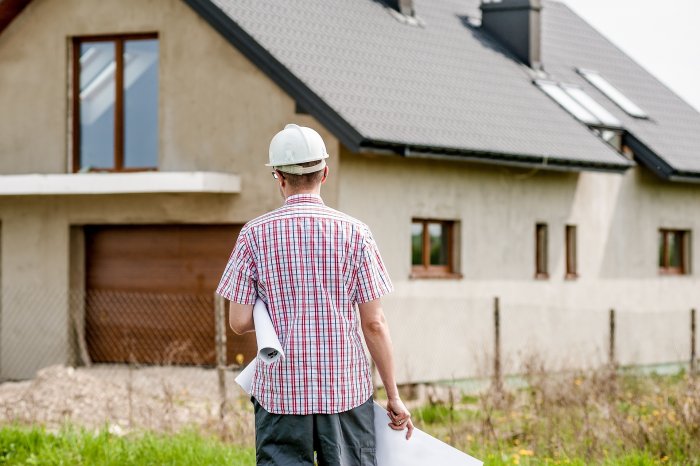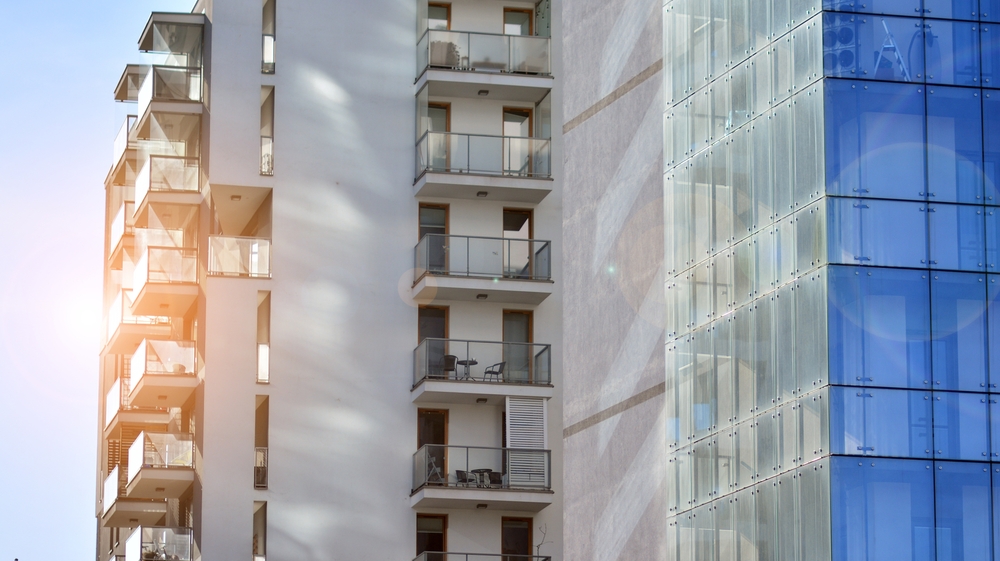Number of planned dwellings in Budapest up in H1

Image by Pixabay
The number of homes to be built based on issued dwelling construction permits and simple declarations was 17,715 in H1 2022, 16% more than in H1 2021. In the capital, new brownfield developments played a role in the 1.8 times more construction permits issued than a year earlier, with 29% of the housing planned in the first half of the year concentrated in Budapest.
At the same time, the number of dwellings to be built fell by 8.5% in the towns of county rank, remained basically stagnant in the other towns (+1.9%), and increased by 8.1% in the villages, according to data published by the Central Statistical Office (KSH).
The Budapest agglomeration accounted for 15% of new permits issued, with the Balaton region and the Győr agglomeration also having a significant share (9% and 5.4% respectively). At the same time, one in five dwelling construction permits will be used in smaller settlements outside agglomeration areas.
Based on new construction permits issued in the first half of 2022, a total of 7,938 residential buildings are planned in the country, 7.3% fewer than in the same period last year. The number of planned non-residential buildings was 2,379, 2.1% more than a year earlier.
Number of dwellings built down in H1
In the first half of 2022, 9,133 new dwellings were built, 6.8% fewer than a year earlier. The number of homes to be built based on issued dwelling construction permits and simple declarations was 17,715, 16% more than in the same period of 2021.
In Budapest, 3,621 dwellings were put to use, 20% fewer than in the first half of 2021. The number of new dwellings in towns of county rank remained essentially stagnant (-1.5%), while in smaller settlements there was an increase: in other towns 6.7%, in villages 10% more new dwellings were put to use than in the same period of the previous year.
The nearly one-and-a-half-year decline in housing construction by individuals has come to a halt. The number of dwellings built by them increased by 5.6%, while the number of dwellings built by enterprises fell by 14% compared to the first half of 2021. The increase in housing construction by individuals was confined to smaller towns and villages, while housing construction by enterprises lagged behind the previous year in all settlement categories, most notably in Budapest.
Some 40% of dwellings put to use in new residential buildings were in detached houses, 47% in multi-dwelling buildings, and 11% in residents’ parks. The proportion grew by 7 percentage points for detached houses, by 10 percentage points for residents’ parks, and fell by 17 percentage points for multi-dwelling buildings compared to the same period of the last year.
The average floor area of homes put to use increased by 5.4 sqm to 88.4 sqm compared to the first half of 2021.
By main building purposes, the proportion of self-built dwellings was 31%, while the proportion built for sale was 67%. This represents a slight increase in the share of self-built dwellings compared to the previous year, KSH notes.
SUPPORT THE BUDAPEST BUSINESS JOURNAL
Producing journalism that is worthy of the name is a costly business. For 27 years, the publishers, editors and reporters of the Budapest Business Journal have striven to bring you business news that works, information that you can trust, that is factual, accurate and presented without fear or favor.
Newspaper organizations across the globe have struggled to find a business model that allows them to continue to excel, without compromising their ability to perform. Most recently, some have experimented with the idea of involving their most important stakeholders, their readers.
We would like to offer that same opportunity to our readers. We would like to invite you to help us deliver the quality business journalism you require. Hit our Support the BBJ button and you can choose the how much and how often you send us your contributions.









